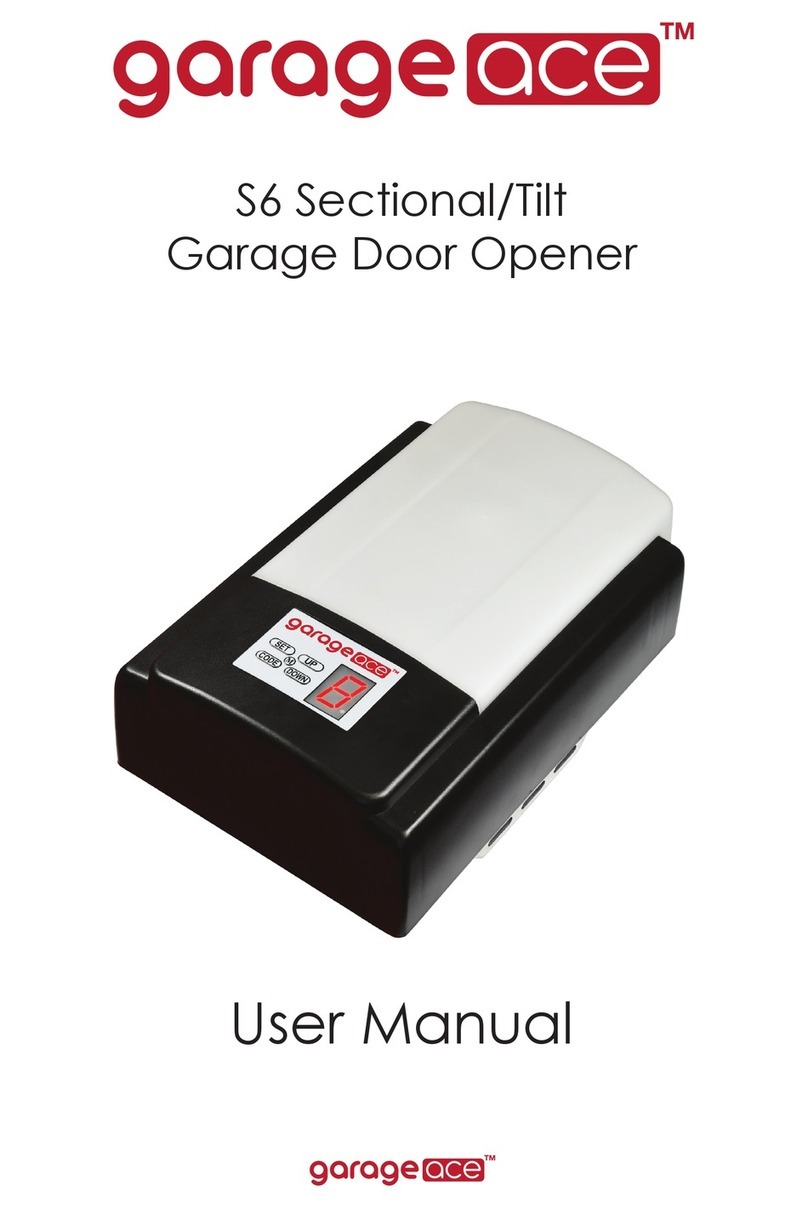Allstar CHALLENGER AC9300 Installation instructions




















This manual suits for next models
3
Table of contents
Other Allstar Garage Door Opener manuals
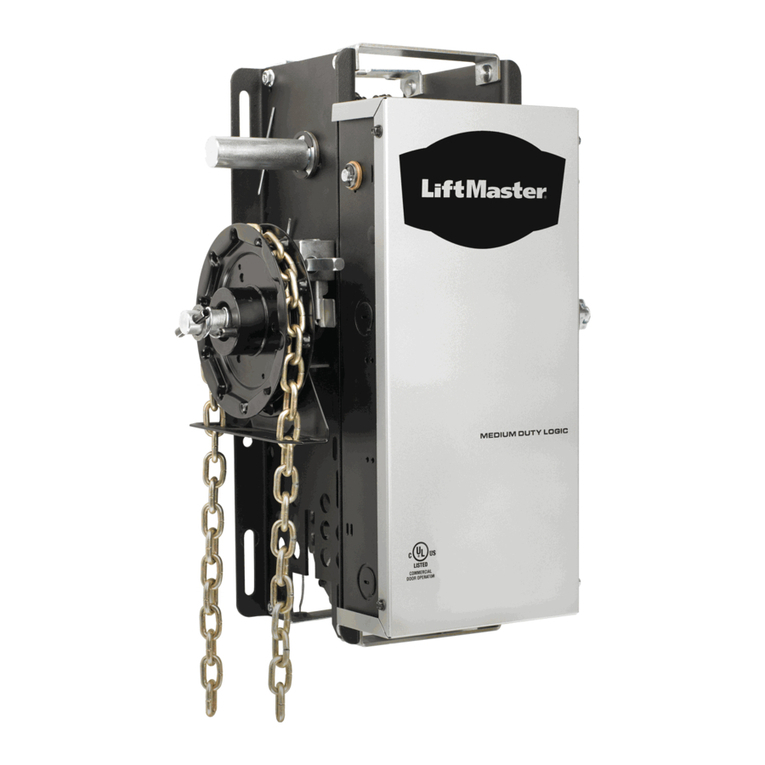
Allstar
Allstar MH5011S Installation instructions

Allstar
Allstar Challenger 9000M Series Installation instructions
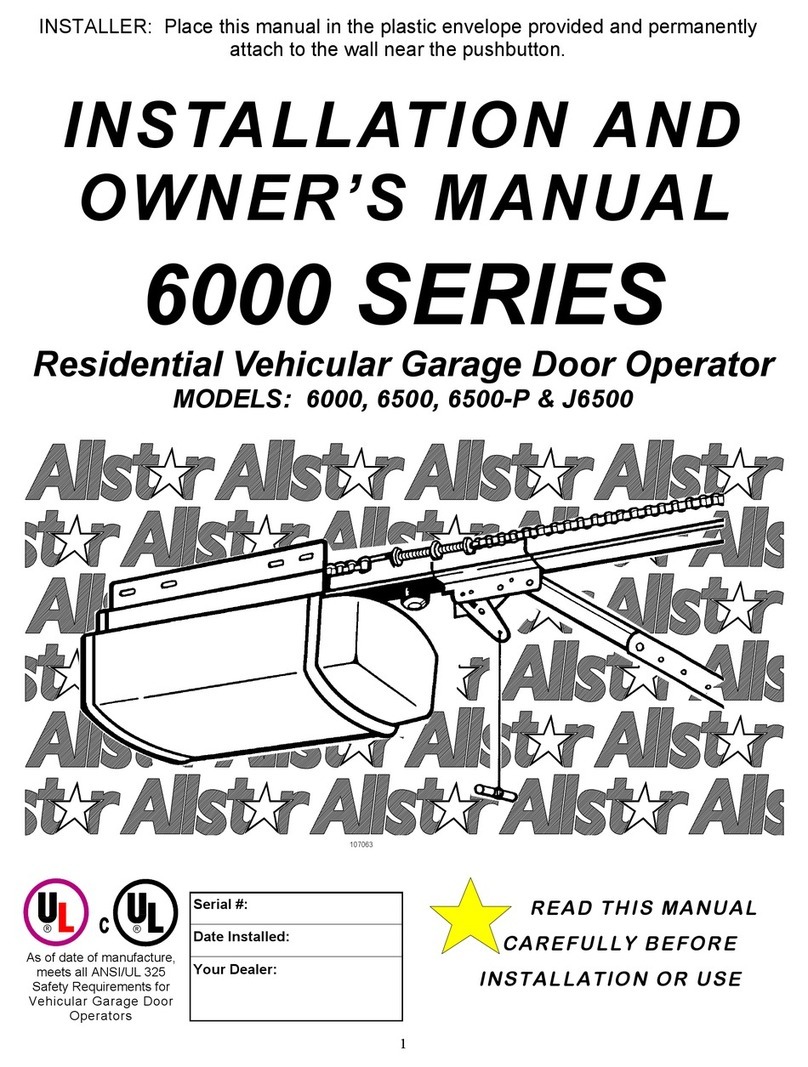
Allstar
Allstar 6000 Installation instructions

Allstar
Allstar AUD-S Installation instructions
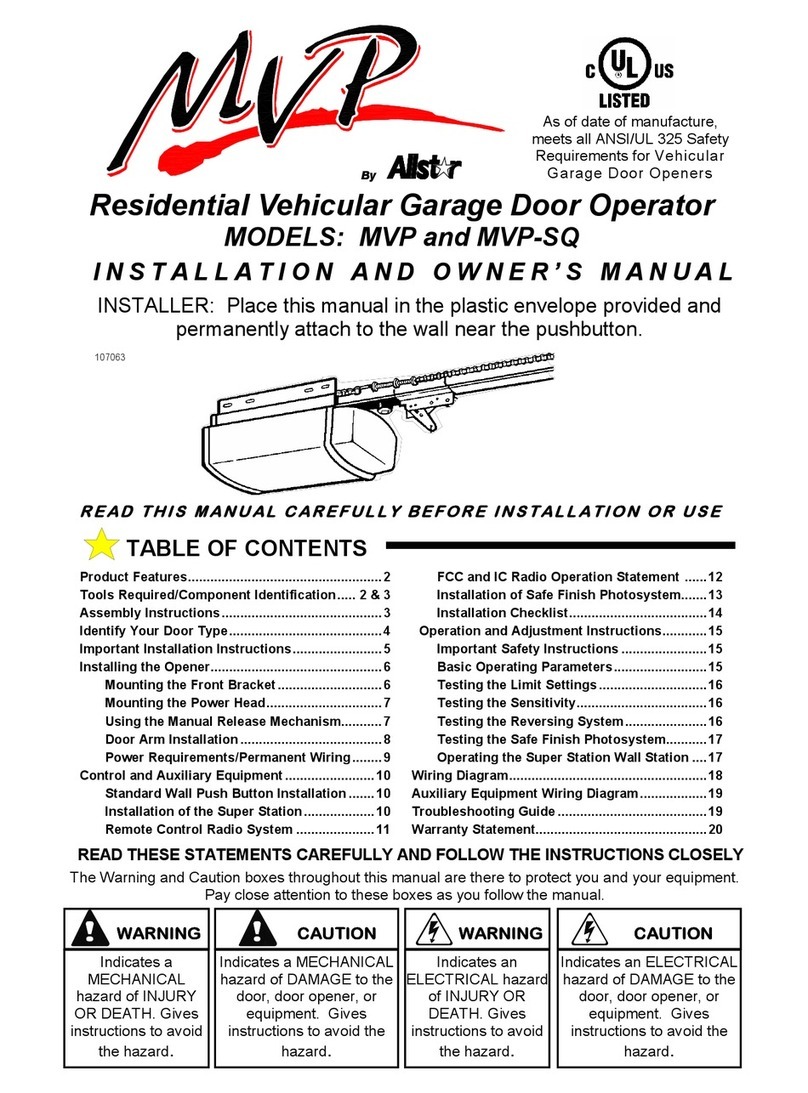
Allstar
Allstar MVP Installation instructions
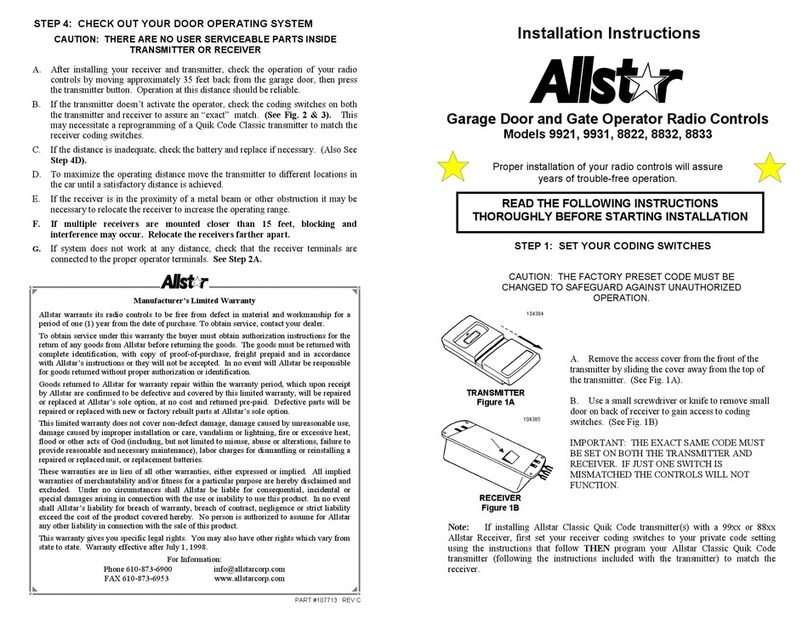
Allstar
Allstar 8822 User manual

Allstar
Allstar SUPER BELT MVP-SB Installation instructions
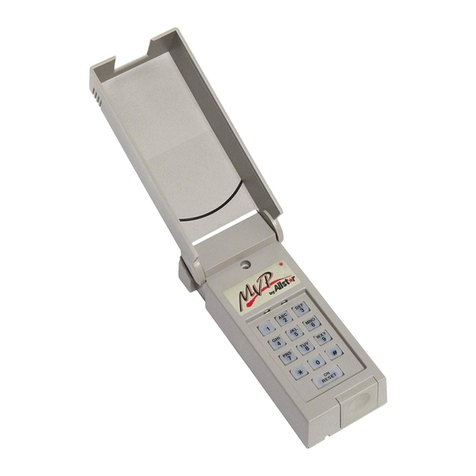
Allstar
Allstar 110927 User manual
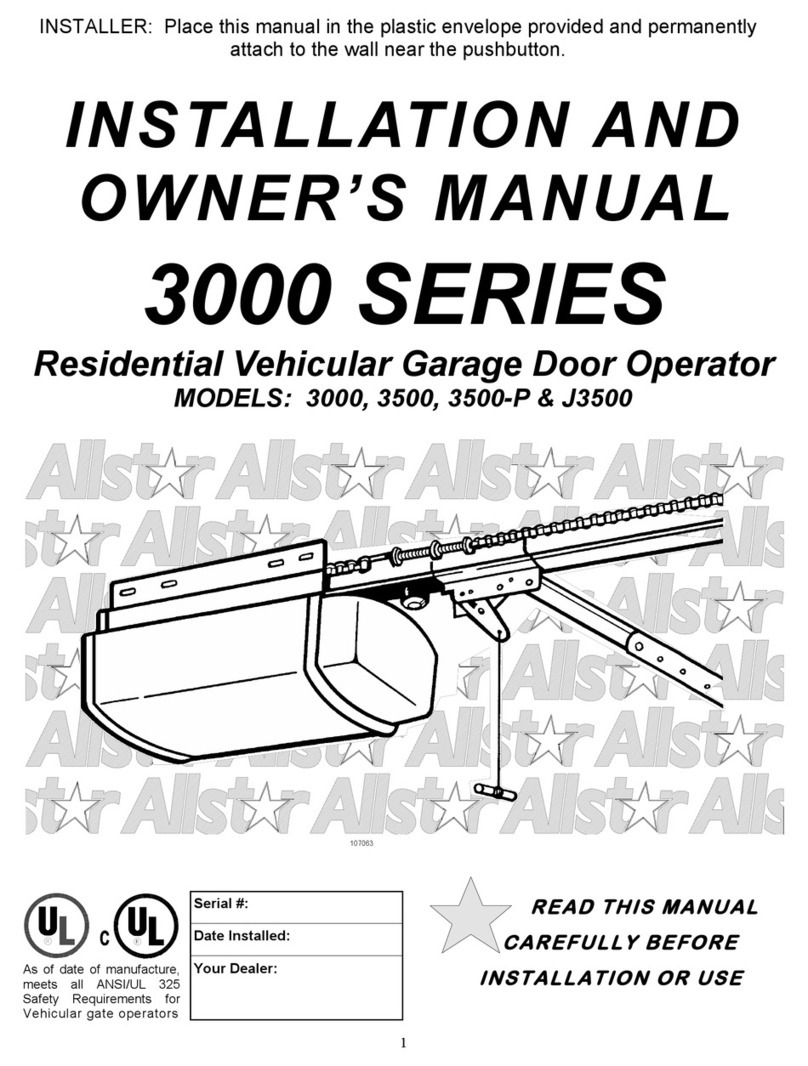
Allstar
Allstar 3000 Installation instructions
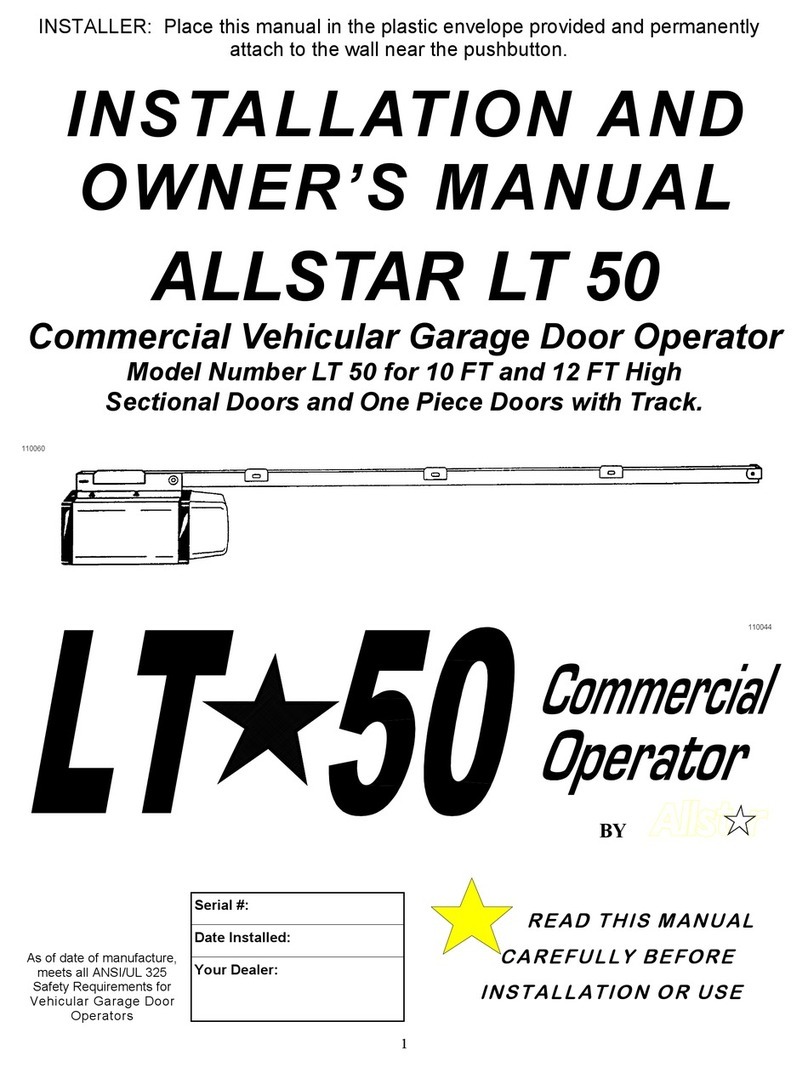
Allstar
Allstar LT 50 Installation instructions
Popular Garage Door Opener manuals by other brands
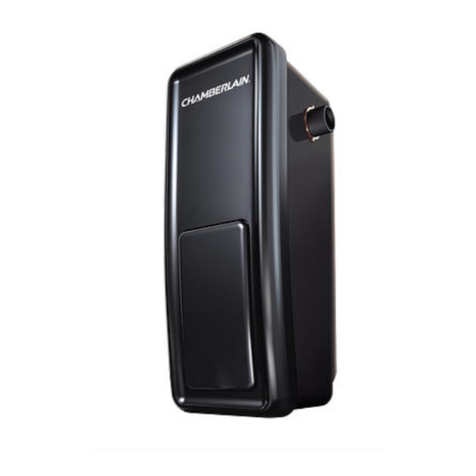
Chamberlain
Chamberlain RJO20C manual
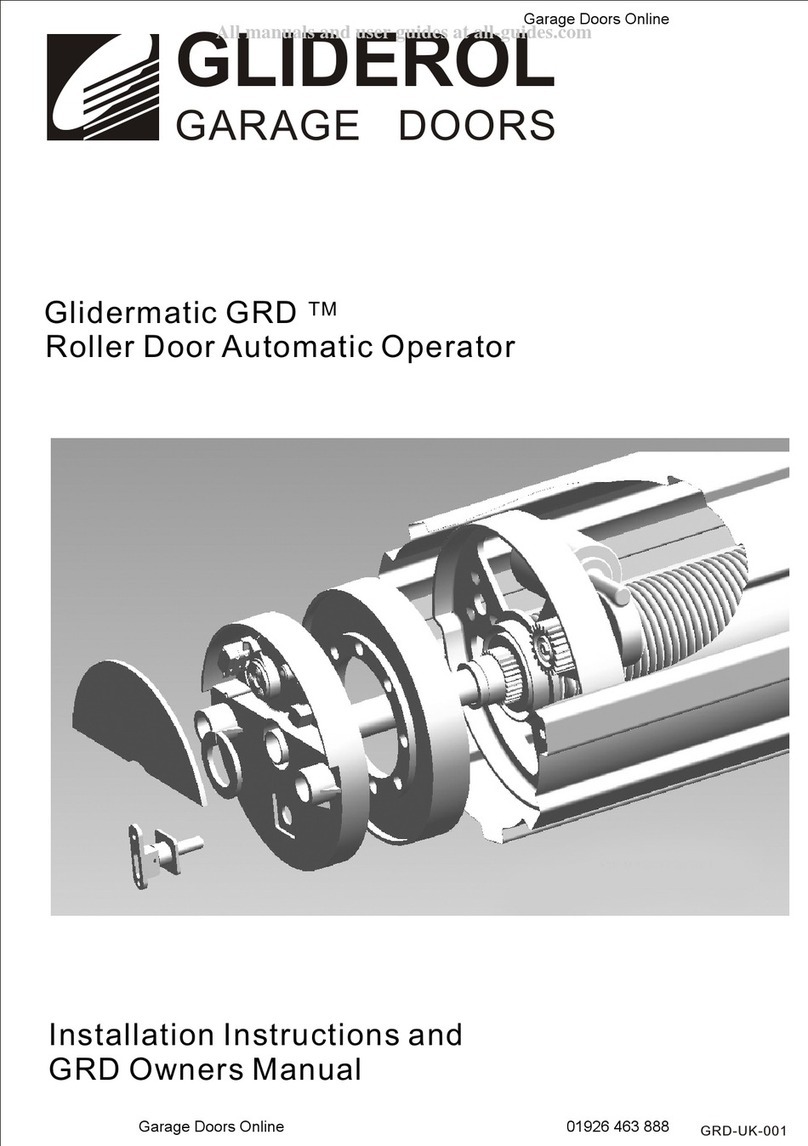
Gliderol
Gliderol Glidermatic GRD installation instructions

Chamberlain
Chamberlain LM50 Assembly and operating instructions

Chamberlain
Chamberlain Security+ 1000SDC-R owner's manual
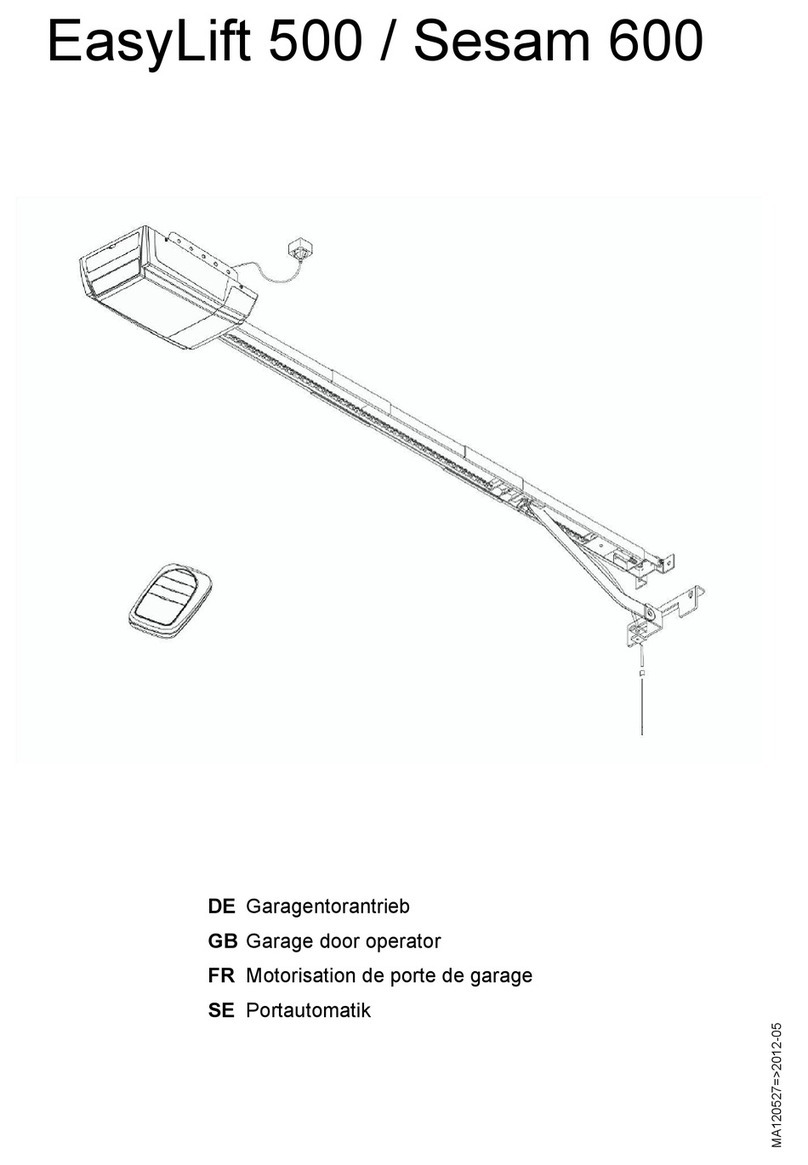
Normstahl
Normstahl EasyLift 500 Translation of the original operating manual

JCM Technologies
JCM Technologies RADIOSENS RSEC3 user manual
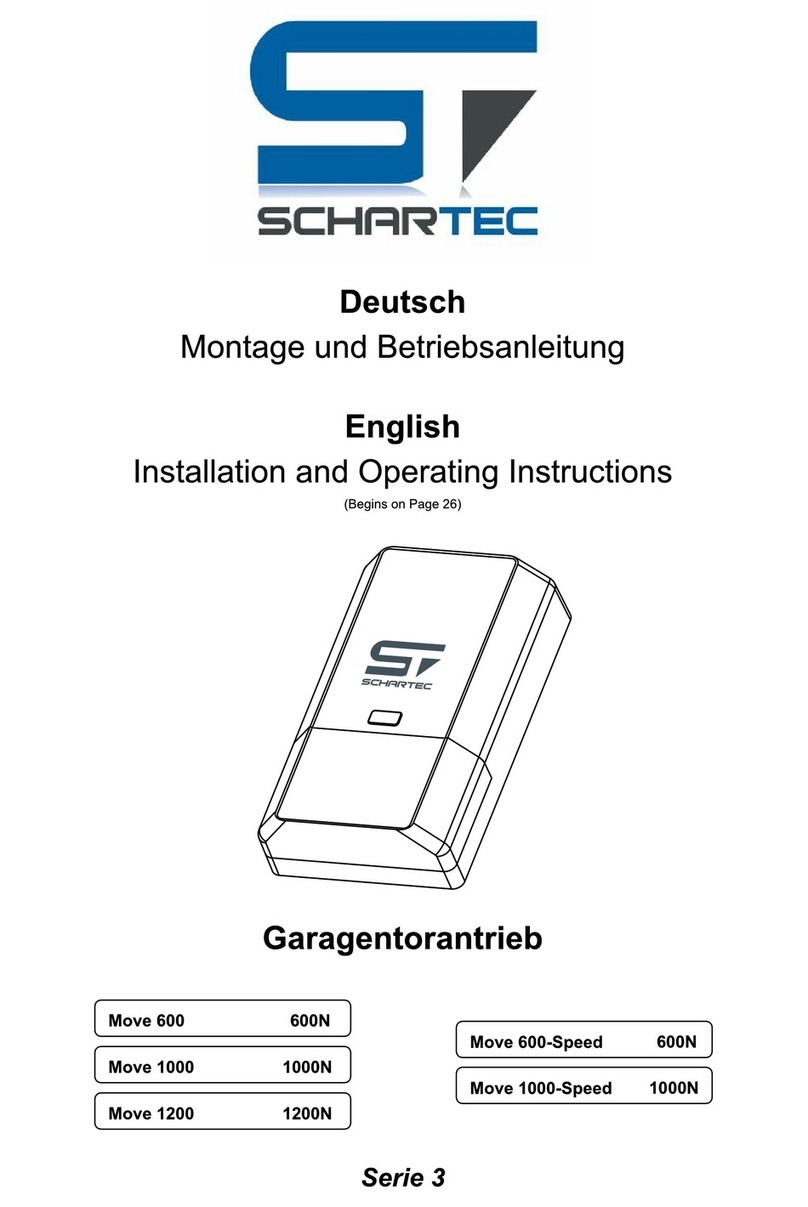
Schartec
Schartec Move 3 Series Installation and operating instructions

Chamberlain
Chamberlain 821LM installation guide
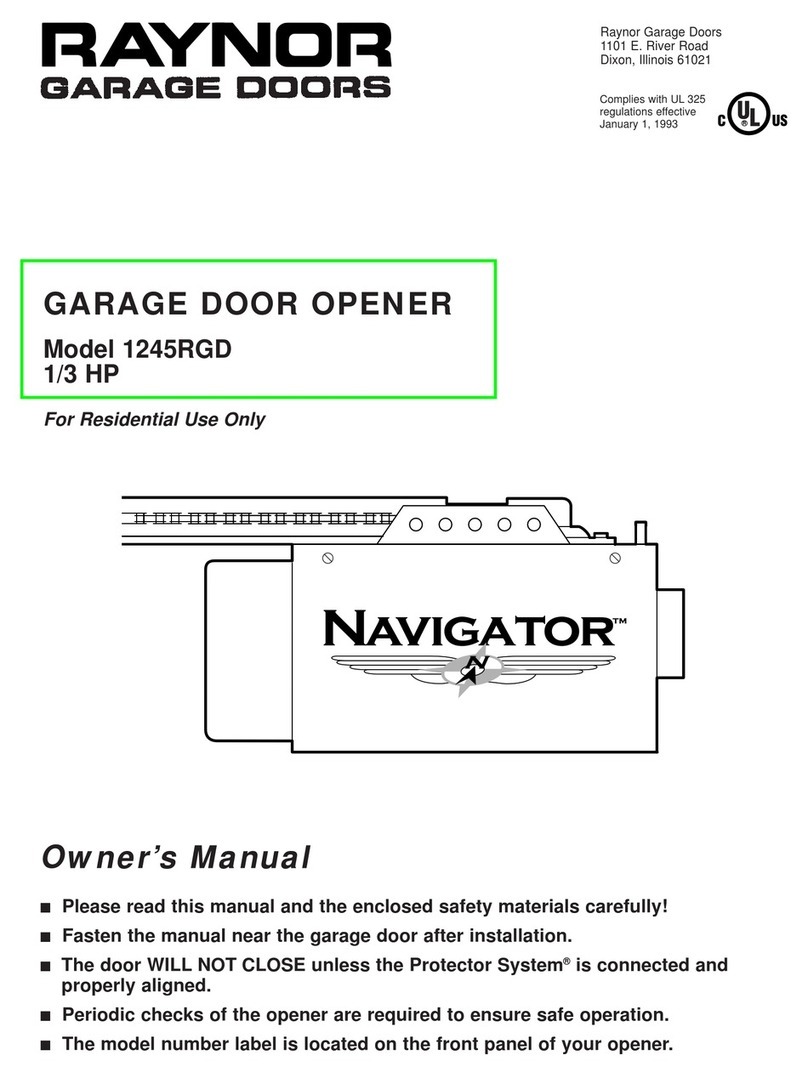
Raynor
Raynor Navigator 1245RGD owner's manual
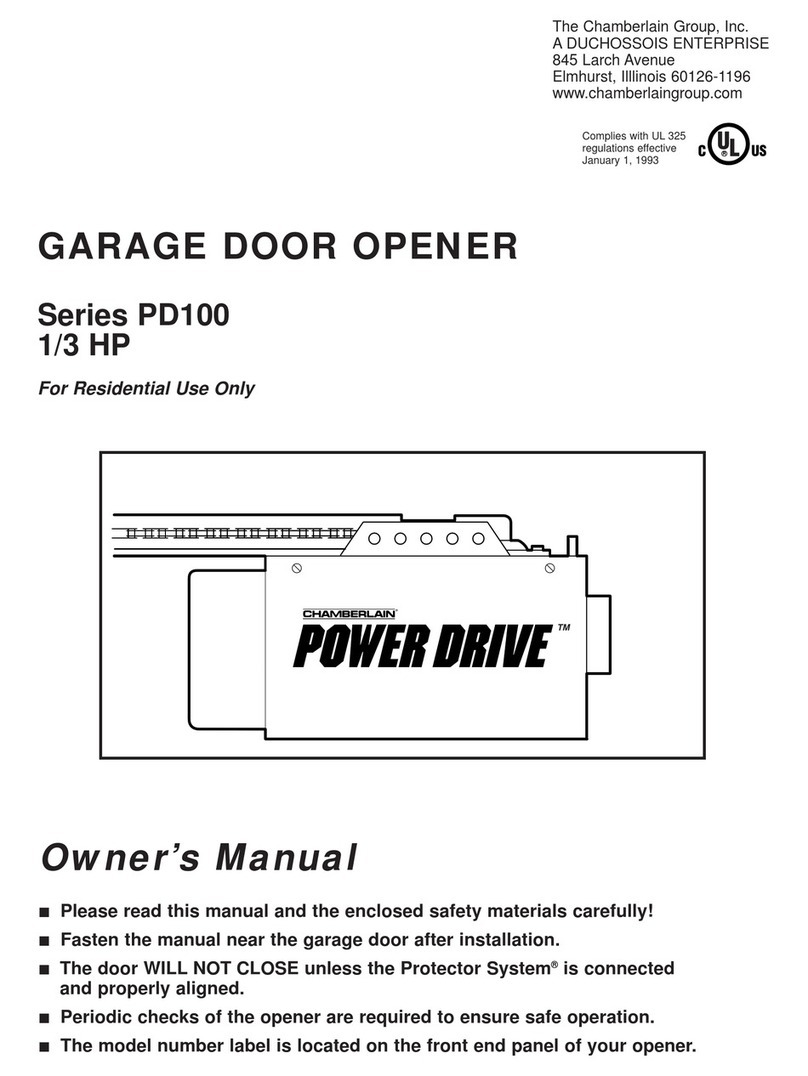
Chamberlain
Chamberlain PD100 Series owner's manual

Linear
Linear LD050 Homeowner's instructions

Nice
Nice SN6031 Instructions and warnings for the fitter



